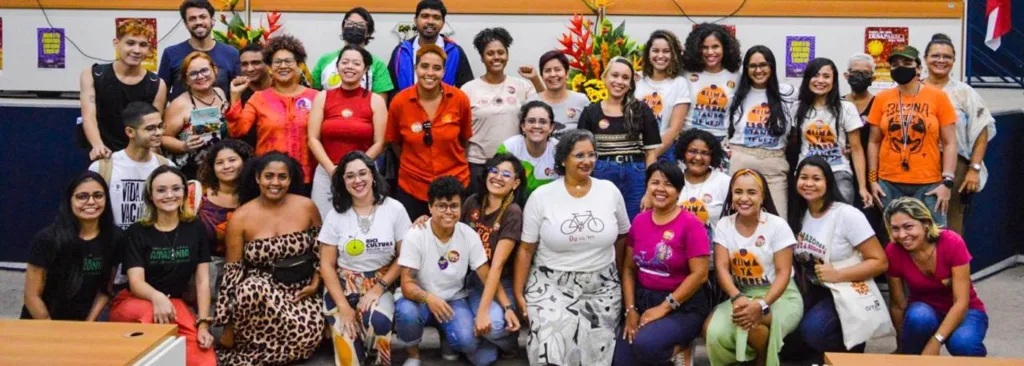The voices around climate change adaption have often been dominated by shift in policies, decision makers in governments and sometimes involve citizens at the bare minimum. While the shift is a massive move globally to mitigate the current climate crisis, most citizens at the bottom of the pyramid continue to grapple with food insecurity, environmental disasters such as drought and floods and lack of access to resources that can secure their livelihoods such as clean energy.
Simply put, majority of citizens in sub-Saharan Africa are increasingly bearing a heavy burden resulting from climate change.
However there is hope. In Kenya, Uganda, Burkina Faso and Ethiopia, communities and champions of change are fast evolving and adopting new technology especially in cultures where resistance was quite high at first. We spotlight stories of how biogas is igniting ‘power’ in households, restoring barren soils and transforming lives in rural and peri-urban areas.
They now call me ‘advanced clergy’ of the environment
Paul Kigundu hails from Mukono District in Uganda where he lives with his family in a half an acre farm.
He owns one of the biggest bio-digesters in his region- at 12 cubic meters deep- to acquire adequate gas for his domestic and commercial use. From a journey of dependency on use of firewood and charcoal for his lighting and cooking needs, Paul has never looked back upon receiving information about biogas from his friend.
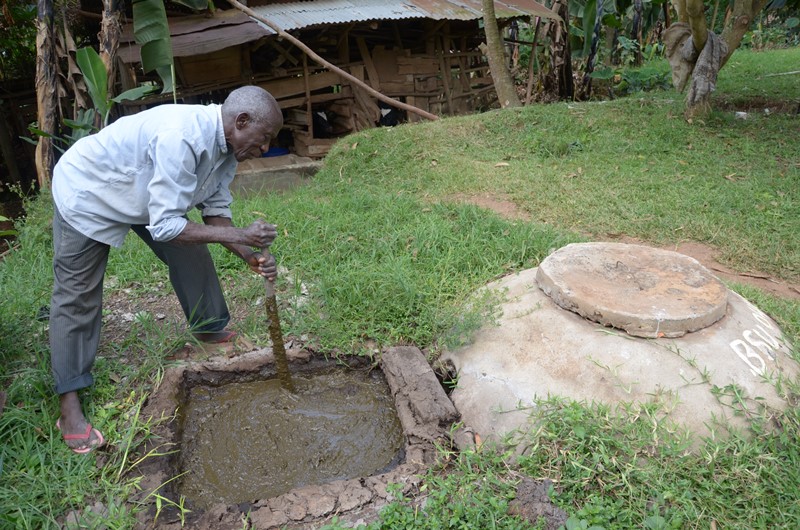
He states his motivation to install the bio-digester was partly fuelled by the existing government subsidy, health and economic benefits, fuel savings and clean cooking. The plant cost him 2 million UGX (equivalent to USD 523) -where 600,000 UGX (equivalent to USD 523) was subsidy from the government- in form of 3 bags of cement, 800 bricks, and 3 PVC pipes. He adds that conviction of the benefits of biogas would have seen him invest in the plant even without the subsidy.

Beyond using biogas for cooking and lighting, the ripple effect of this technology in his home has evolved to using bio-slurry as both manure and source of income. He uses a total of 600 jerry cans equivalent to 12,000 litres per month of bio- slurry in the farm to improve his banana and fruit farming and sells part of it as organic manure. He acquired the bio-slurry knowledge from the local biogas promoters and has been using it for the last eight years. The bio-slurry has increased his crop yields.
Installation of biogas was a wise decision
Philomena Njoki lives on a one acre piece of land in Kenya’s Kiambu County. She learned of biogas from the local cooperative: Ndumberi Coffee Farmers Factory with the assistance of a biogas construction enterprise in her locality.
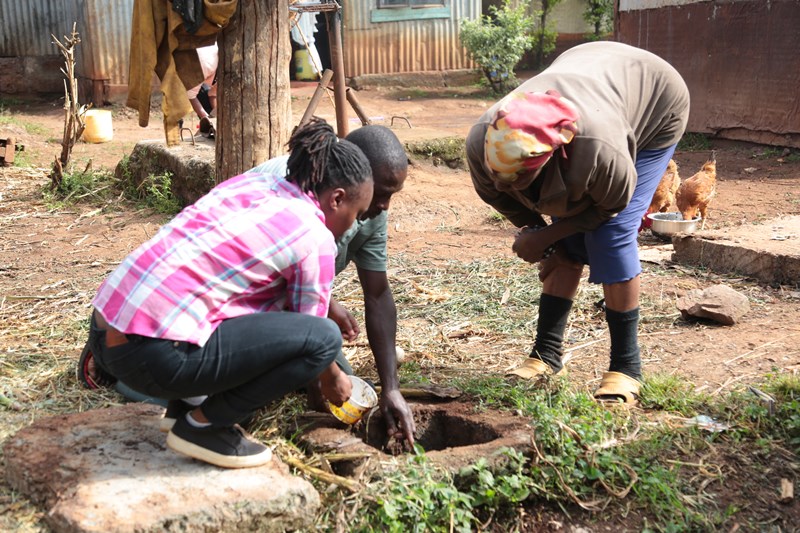
The installation of the plant cost her Kshs. 100, 000 (1,000 USD) where Kshs. 70, 000 (700 USD) was obtained as a loan from her Savings and Credit Cooperative (SACCO).
Philomena’s typical day when using biogas comprises of feeding cow dung and pig waste into the bio-digester, an activity that is less time consuming as compared to a previous era of using firewood to cater for her fuel needs.
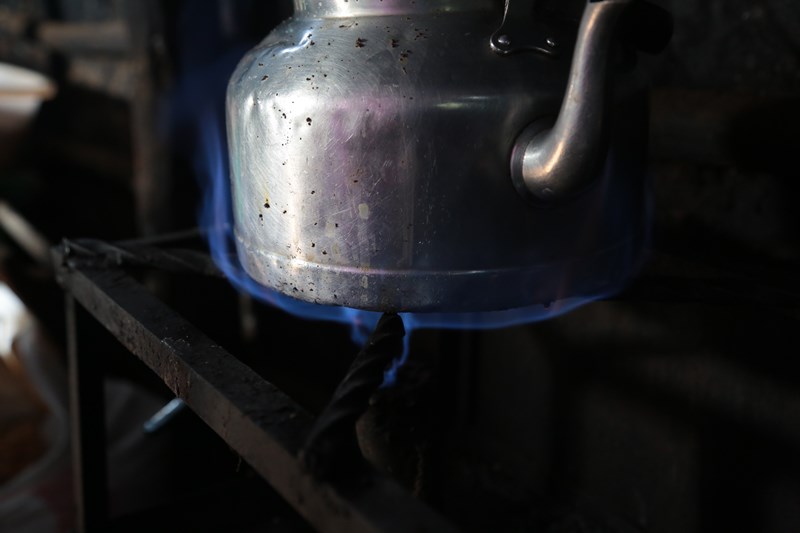
She indicates that the gas is sufficient for her cooking three times a day and further attributes that the kitchen is now cleaner and hygienic since she began the use of biogas.
As a coffee farmer she has explored the use of bio-slurry in her farm to improve the yields and diversify to other crops that can double her income.
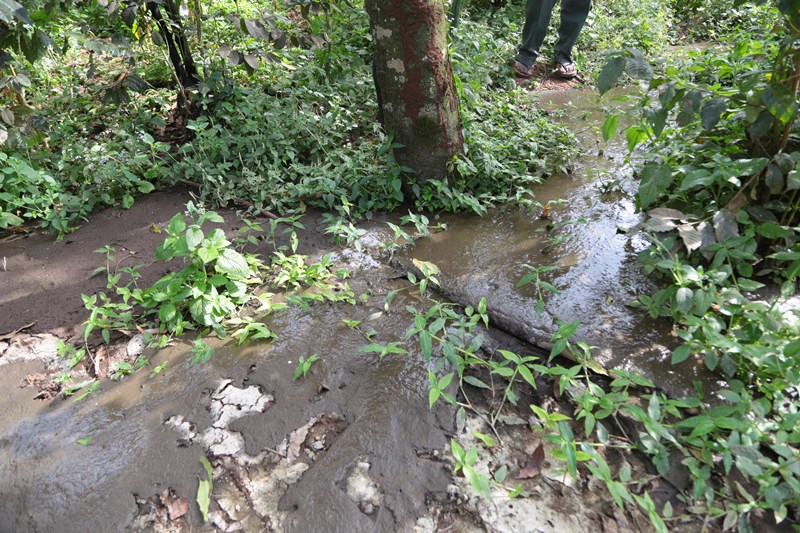
Biogas comes with triple benefits
Asefa Badessa resides with his wife and six children in a 6 acre piece of land in Ethiopia’s Oromia region. Asefa’s first interaction with the technology was when he glanced upon the newly installed bio-digester in his neighbour’s compound. Emerging from a context of using farm residues, dung, firewood and charcoal for energy use; he could see the convenience of using biogas to cater for the energy needs within his home.
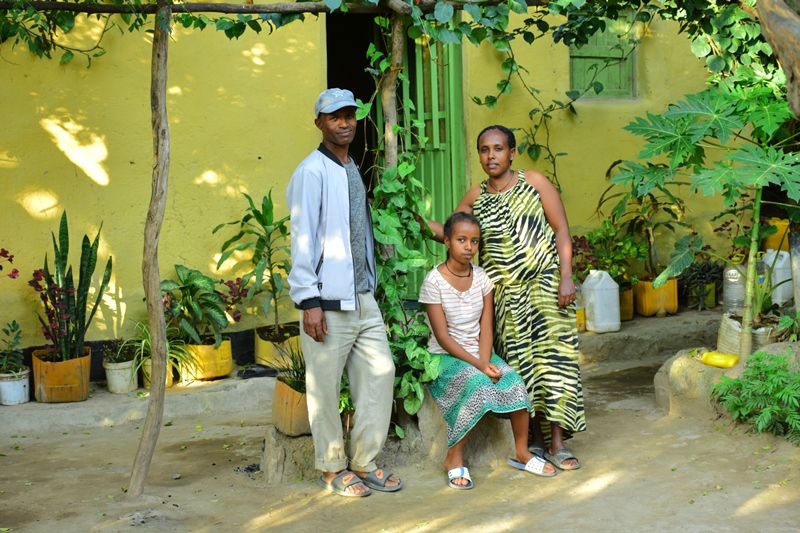
His biogas plant cost him 12,000 Birr (equivalent to 420 USD) of which he received 6,000 Birr (equivalent to 208 USD) from government subsidy. He raised the remaining funds from a loan.
Asefa’s typical day is filling the bio-digester with 25kg of cow dung and water. The resulting effect has been use of the gas three times a day, sufficient for the family needs.

He prefers biogas to other sources of energy due to its multi-purpose nature ranging from bio-slurry for the farm which has increased crop productivity, clean and hygienic kitchens and cooking environment, no respiratory problems and ample time saving.
Bio-slurry has restored fertility to our soils
Oulézane Siabi is a farmer in Burkina Faso who has been in the trade for about 30 yearsnow cultivatingcotton, maize, millet,sorghum and vegetables. He also harvests the produce to feed his extended family of 3 wives and 18 children.

He discovered the bio-digester from one of his neighbors and after witnessing its multiple benefits made up his mind to install two digesters for cooking, lighting and organic farming use- through bio-slurry- as fertilizer and pesticide.
His two bio-digesters produce 96 tonnes of compost every year which come in handy for vegetable production. This has enabled him earn income from the sales of vegetables at 150,000 CFA (equivalent to 250 USD) each harvest. The savings from this income have seen him purchase two motor pumps for use in his farm.



